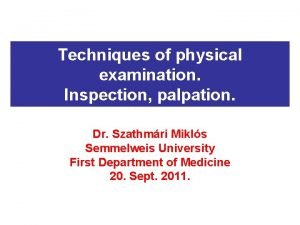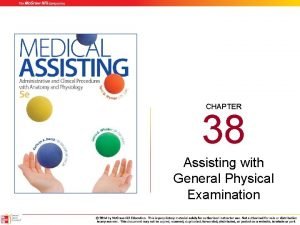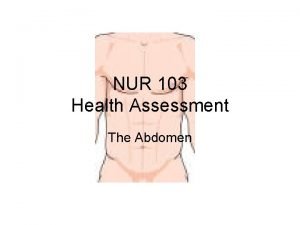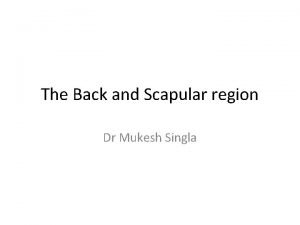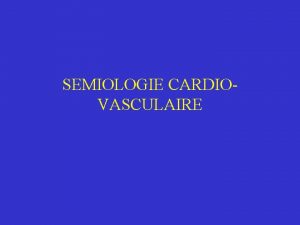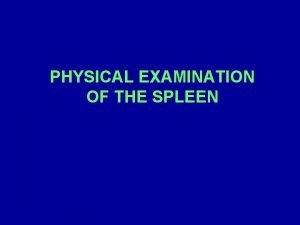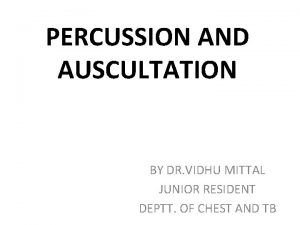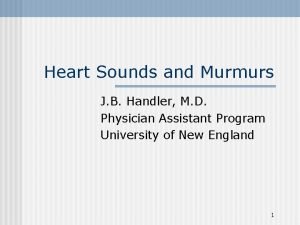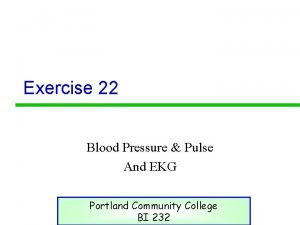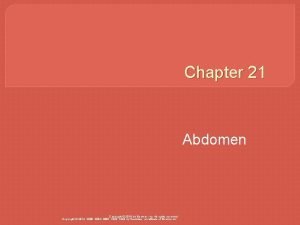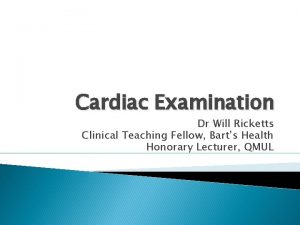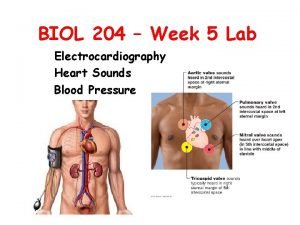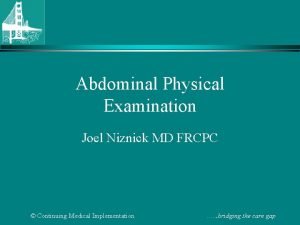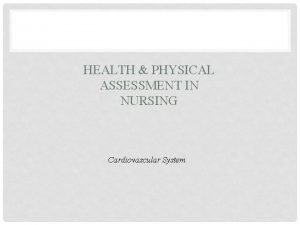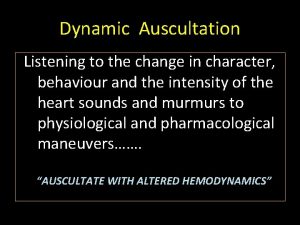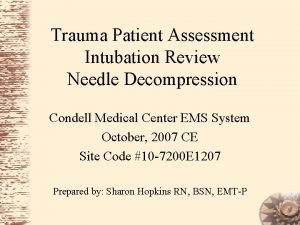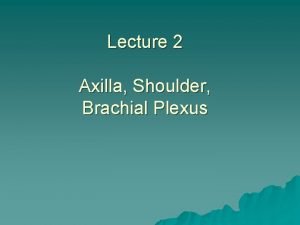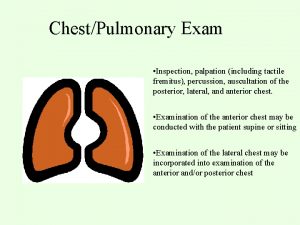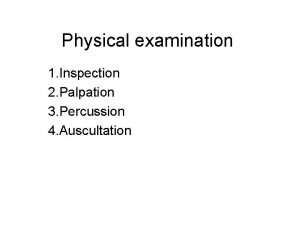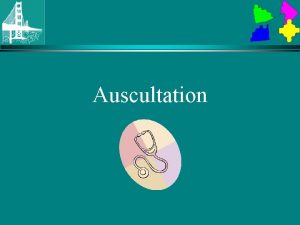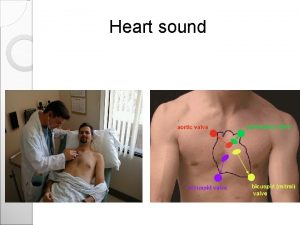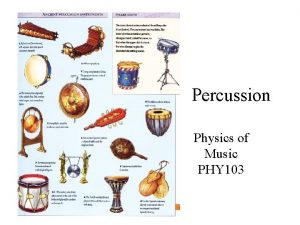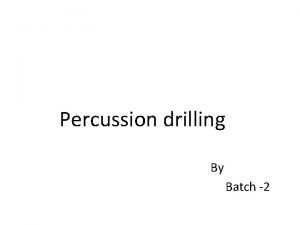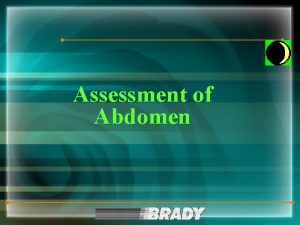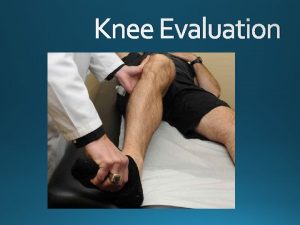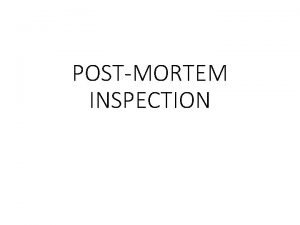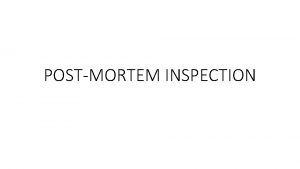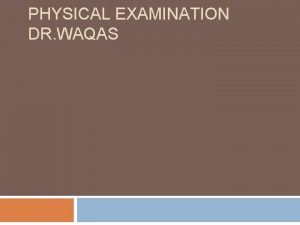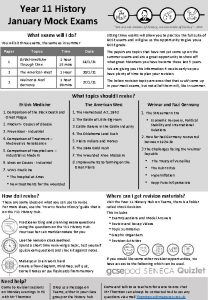History Inspection Palpation Percussion Auscultation Special exams Palpation
































- Slides: 32




• ﻣﺮﺍﺣﻞ ﺍﺭﺯیﺎﺑی History ü Inspection ü Palpation ü Percussion ü Auscultation ü Special exams ü






Palpation mediastinal shift ﺑﺮﺭﺳی tactile(vocal)fremitus ﺑﺮﺭﺳی chest wall pain ﺑﺮﺭﺳی ﻭ ﻣﻮﺑیﻠیﺘی ﻗﻔﺴﻪ ی ﺳیﻨﻪ expansion ﺑﺮﺭﺳی • •

Percussion air/solid ﺑﺮﺭﺳی ﻧﺴﺒﺖ ü ﺭﻭﺵ ﺍﺟﺮﺍ ü ( )ﻧﺮﻣﺎﻝ Resonant ü (solid> normal) Dull ü (air> normal) hyperresonant ü





Chest x-ray viwes • ü PA ü AP ü LAT • Air appears black, soft tissues and water appear as lighter shades of gray, and bone and metal appear white. • Denser tissues appear radiopaque, bright on the film; less dense tissues appear radiolucent, dark on the film.

• AP vs PA Radiographers will often label a chest X-ray as either PA or AP. If the image is not labeled, it is usually fair to assume it is a standard PA view. If, however, you are not sure, then look at the medial edges of each scapula.


Normal chest x-ray. A=Airway; B=Bone, C=Cardiac silhouette, D=Diaphragm, E=Edge of the heart, F=Field of lung, G=Gastric bubble, H=Hilum of lung

Lobes • Right upper lobe:

Lobes (continued) • Right middle lobe:

Lobes (continued) • Right lower lobe:

Lobes (continued) • Left lower lobe:

Lobes (continued) • Left upper lobe with Lingula:

Lobes (continued) • Lingula:

Chest x-ray • ﺧﻮﺍﻧﺪﻥ 1. Check the patient's name. 2. Read the date of the chest radiograph: a mass that has become bigger over 3 months is more significant than one that has become bigger over 3 years. 3. Note the view of x- ray 4. Look for markers: 'L' for Left, 'R' for Right, 'PA' for posteroanterior, 'AP' for anteroposterior, etc.

5. Airway: Check to see if the airway is patent and midline. Left pneumothorax.

6. Bones: Check the bones for any fx, lesions, or defects.

7. Cardiac silhouette: Look at the size of the cardiac silhouette. A normal cardiac silhouette occupies less than half the chest width.

8. Diaphragms: Look for a flat or raised diaphragm. A flattened diaphragm may indicate emphysema. A raised diaphragm may indicate area of airspace consolidation (as in pneumonia). Left pleural effusion associated with left lower lobe pneumonia

ﺍﺭﺯیﺎﺑی ﻗﻠﺒی • ﻣﺮﺍﺣﻞ ﺍﺭﺯیﺎﺑی History ü Inspection ü Auscultation ü Special exams ü

 Palpation and inspection
Palpation and inspection Inspection palpation percussion auscultation
Inspection palpation percussion auscultation General physical exam
General physical exam Inspection auscultation percussion palpation
Inspection auscultation percussion palpation Inspection auscultation percussion palpation
Inspection auscultation percussion palpation Percussion abdominal assessment
Percussion abdominal assessment Hops history questions
Hops history questions Costophrenic angle tenderness
Costophrenic angle tenderness Tympany sound
Tympany sound Ib history ib exam questions
Ib history ib exam questions Apical pulse location
Apical pulse location Left lower parasternal border
Left lower parasternal border Scapular exercises
Scapular exercises Auscultation
Auscultation Smiologie
Smiologie Foyer auscultation cardiaque
Foyer auscultation cardiaque Pneumothorax auscultation findings
Pneumothorax auscultation findings Spleen physical examination
Spleen physical examination How to take apical pulse
How to take apical pulse Dullness percussion sound
Dullness percussion sound Auscultation of heart
Auscultation of heart Auscultation of heart sounds
Auscultation of heart sounds Tympany sound percussion
Tympany sound percussion Normal apex beat
Normal apex beat Heart sounds
Heart sounds Psoas sign
Psoas sign Tetralogy of fallot heart sounds
Tetralogy of fallot heart sounds Apical pulse auscultation location
Apical pulse auscultation location Dynamic auscultation
Dynamic auscultation Dynamic auscultation
Dynamic auscultation Tension pneumothorax case scenario
Tension pneumothorax case scenario Auscultatory triangle of the back
Auscultatory triangle of the back Poem structure and form
Poem structure and form
